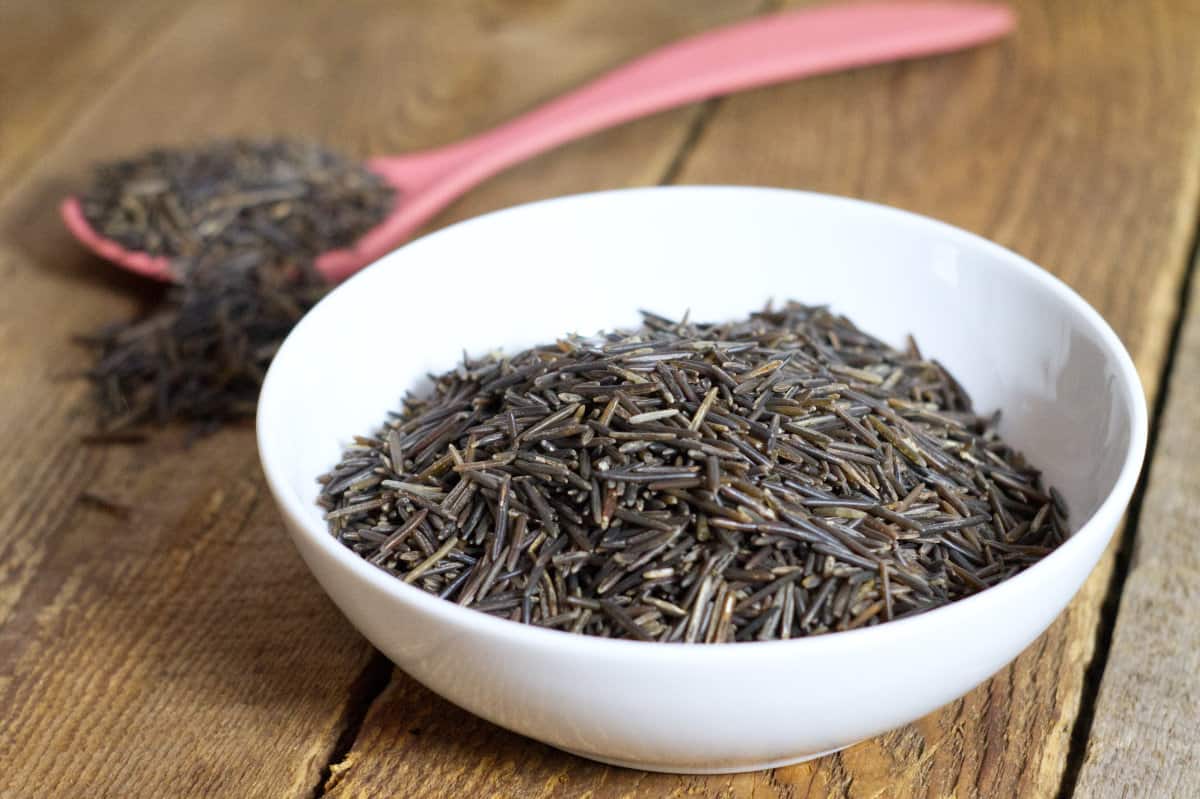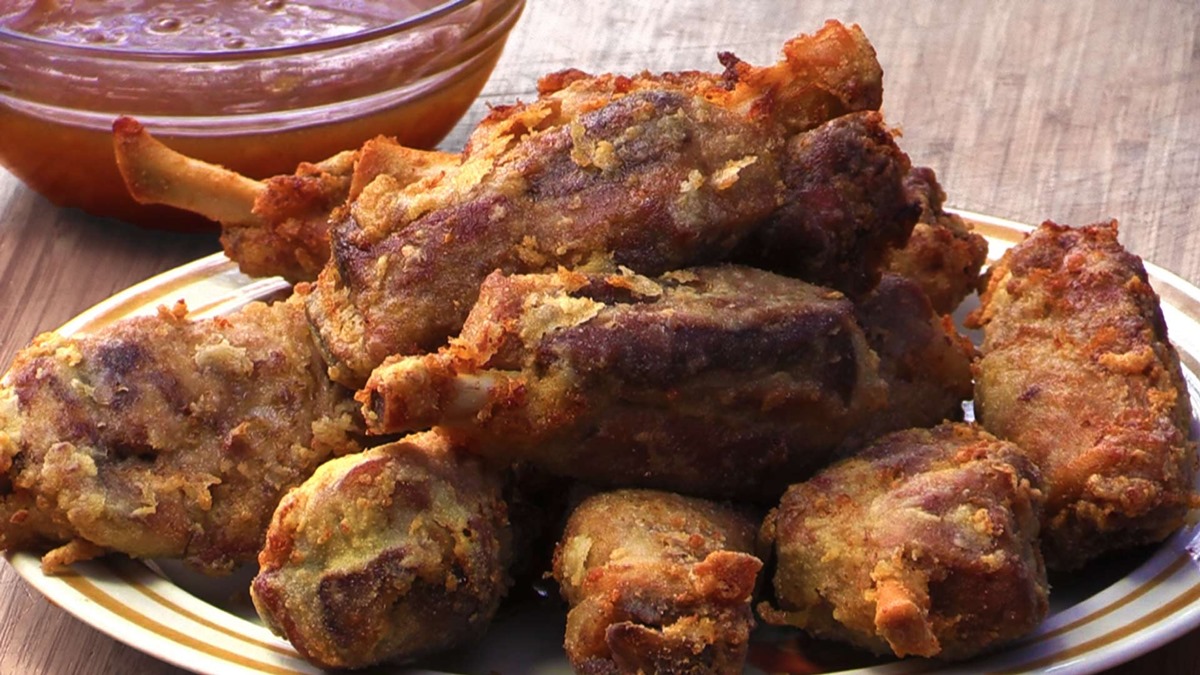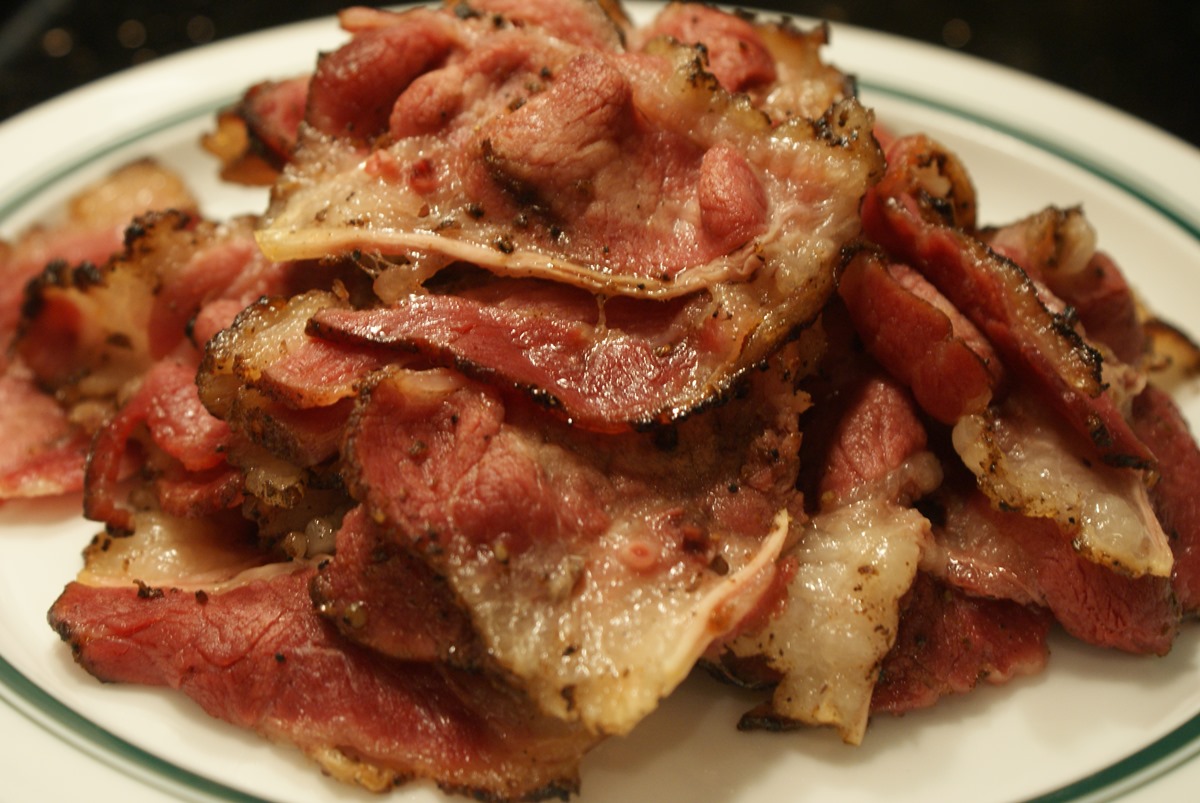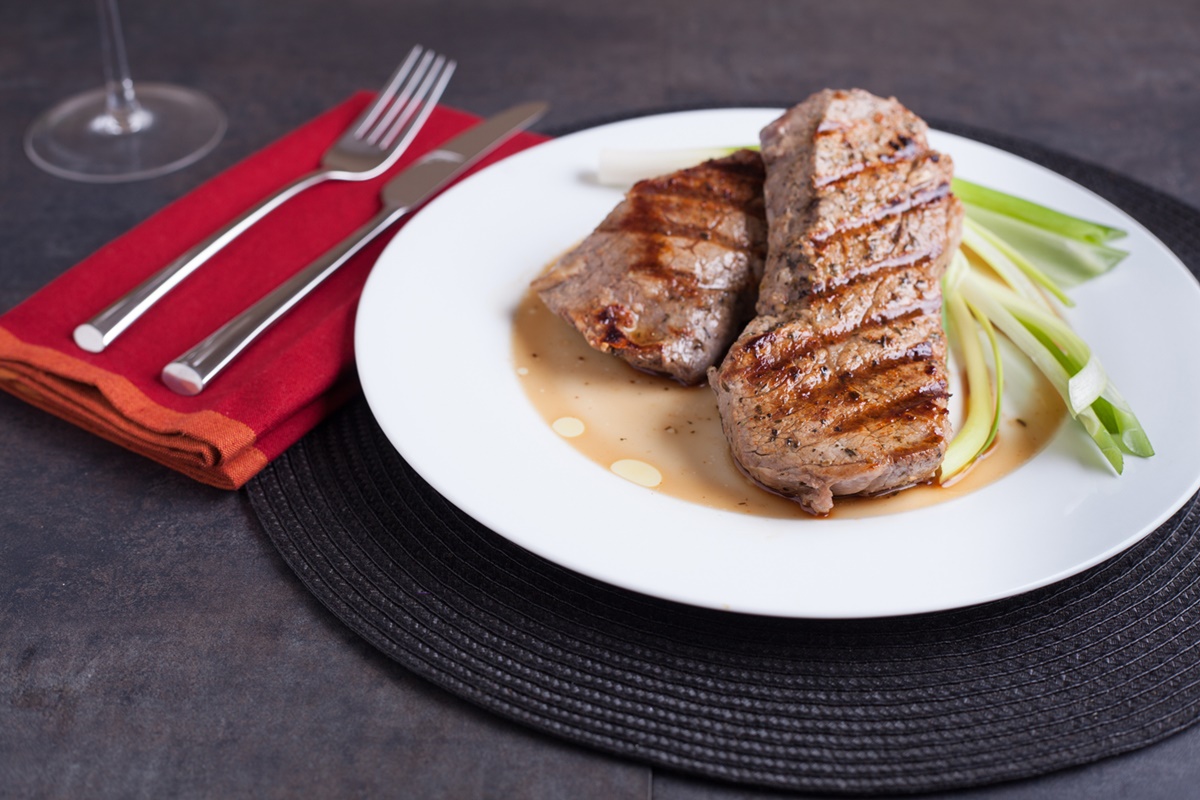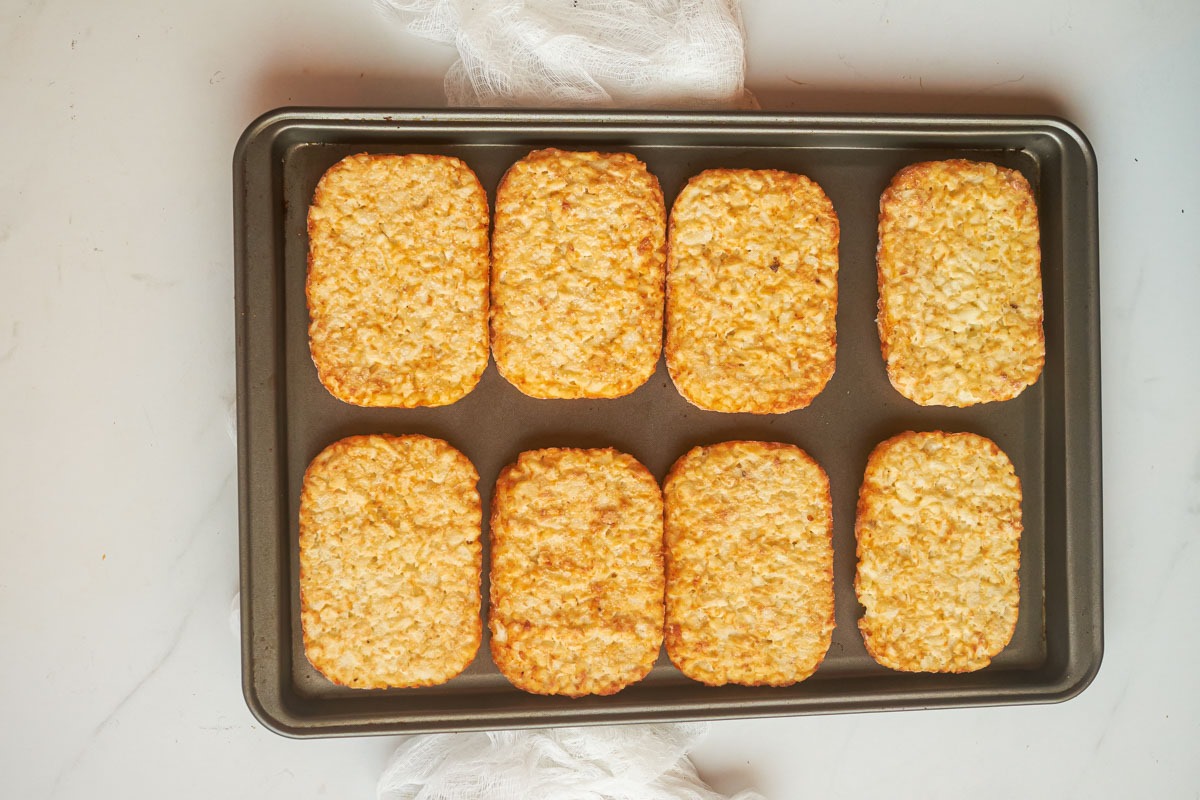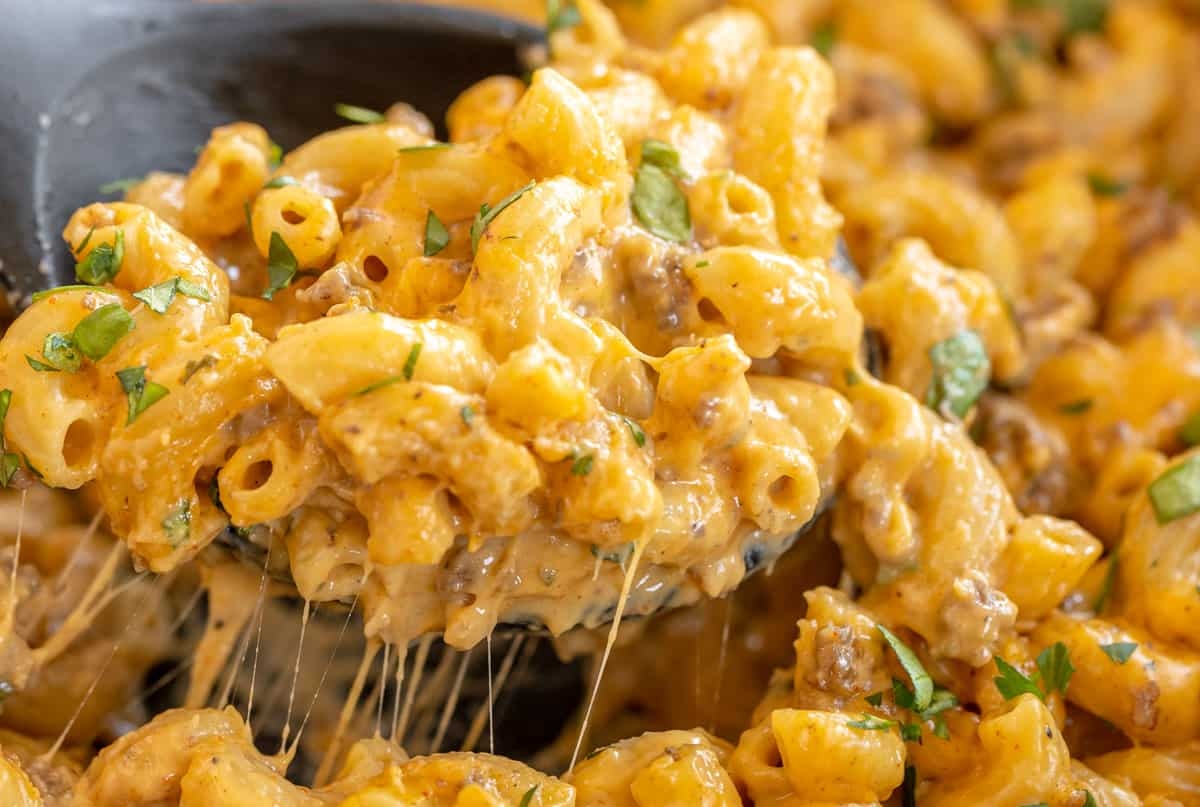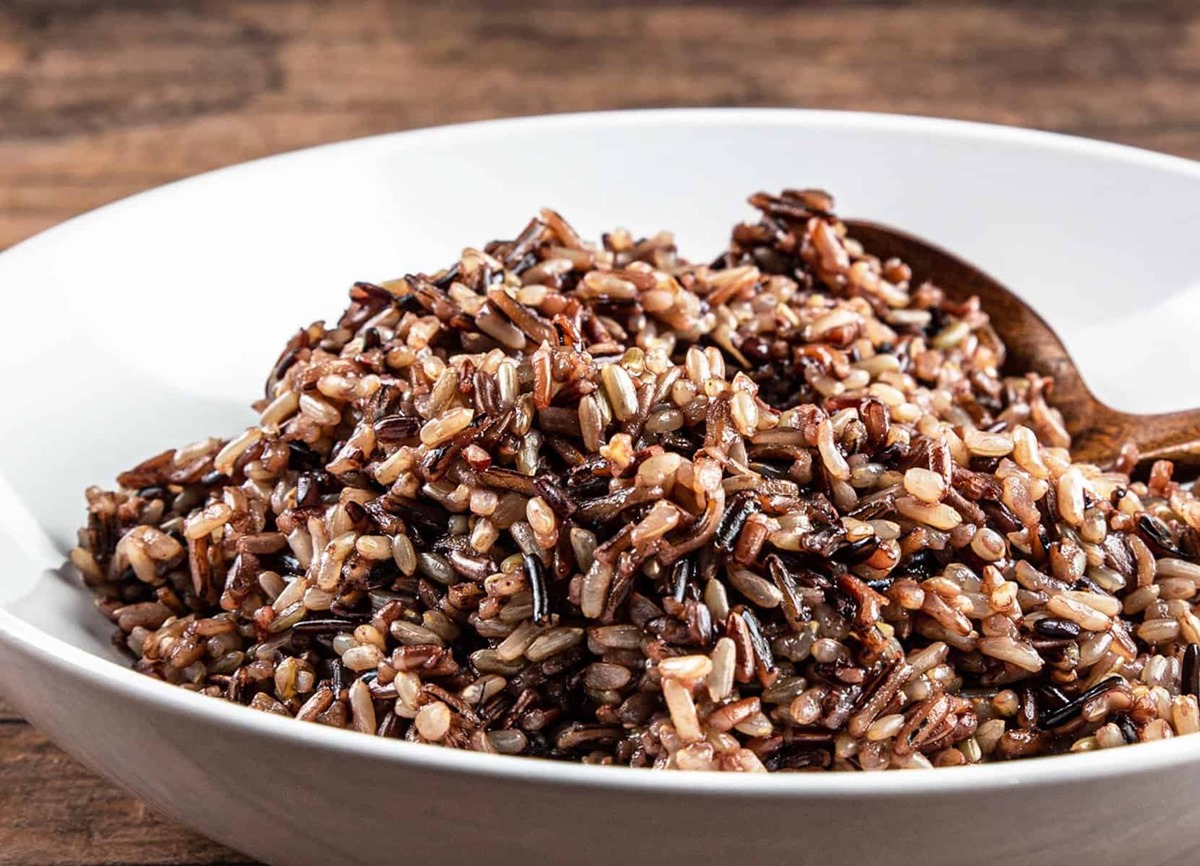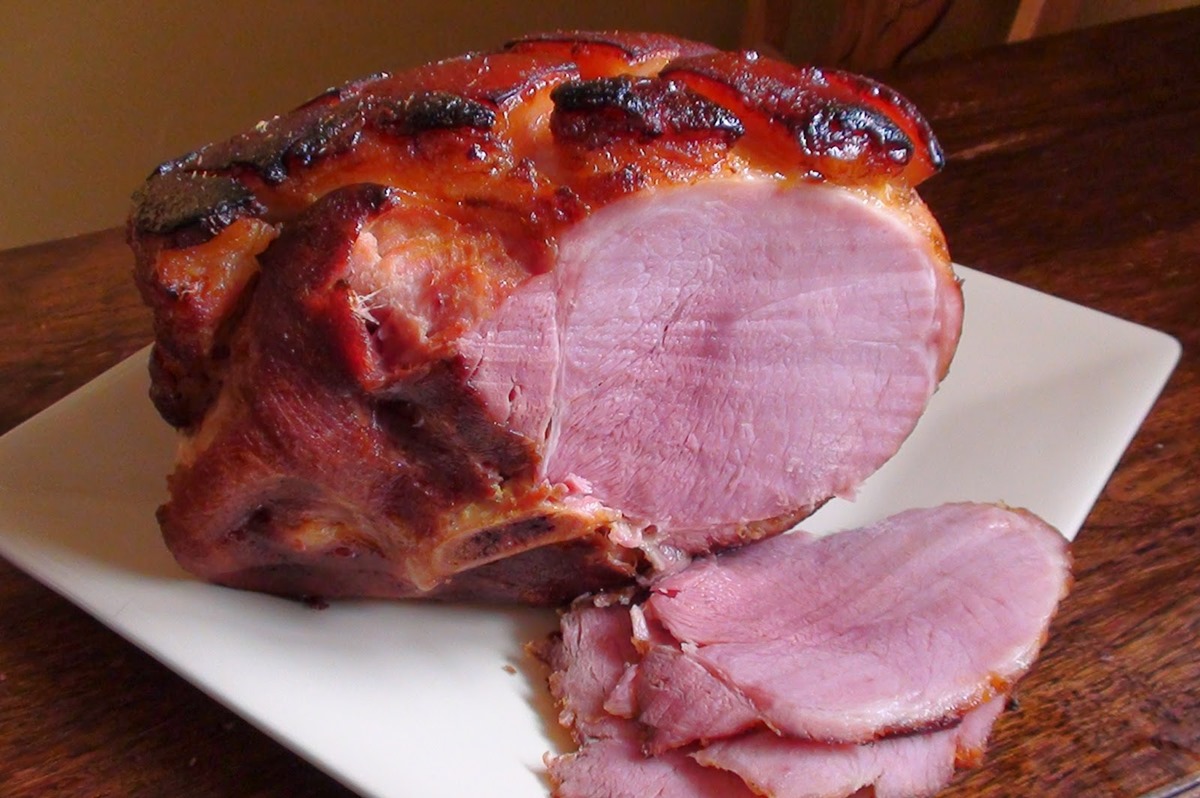Discover the Exquisite Delight of Snake Beans
Grown in tropical regions, snake beans are a versatile and nutritious vegetable that deserves a spot in your culinary repertoire. Also known as yard-long beans, asparagus beans, or Chinese long beans, these slender green wonders are not only healthy but incredibly delicious. In this article, we will share some easy and mouth-watering ways to cook snake beans that will satisfy your taste buds and impress your family and friends.
1. Stir-Fried Snake Beans
Stir-frying is a popular cooking method that helps retain the vibrant color and crispiness of snake beans. Here’s a simple yet flavorful recipe:
- Heat a tablespoon of vegetable oil in a wok or large skillet over medium-high heat.
- Add minced garlic and sliced shallots, and sauté until fragrant.
- Toss in the snake beans, cut into manageable lengths, and cook for a few minutes until they start to soften slightly.
- Sprinkle some soy sauce, a pinch of sugar, and a dash of sesame oil to enhance the flavors.
- Continue stir-frying for another couple of minutes until the beans are tender yet still crisp.
- Transfer to a serving dish and garnish with chopped cilantro or roasted peanuts for an extra crunch.
2. Snake Bean Salad
Snake beans can also be transformed into a refreshing and nutritious salad that is perfect for hot summer days. Try this simple recipe:
- Blanch snake beans in boiling water for a minute, then transfer them to a bowl of ice water to cool down. This step helps to maintain their vibrant color and crunch.
- In a separate bowl, whisk together a tangy dressing using lime juice, fish sauce, minced chili, and a touch of honey.
- Drain the beans and toss them in the dressing along with some cherry tomatoes, thinly sliced red onion, and fresh herbs like mint or basil.
- Allow the flavors to meld together for a few minutes before serving.
- Sprinkle some crushed peanuts or toasted sesame seeds on top for added texture and nuttiness.
3. Snake Beans in Coconut Curry
If you’re a fan of aromatic curries, this recipe will surely tantalize your taste buds:
- Start by making a flavorful curry paste using ingredients like lemongrass, ginger, garlic, shallots, coriander seeds, turmeric, and chili peppers.
- In a hot pan, sauté the curry paste until fragrant, then add thinly sliced snake beans and stir to coat them in the aromatic mixture.
- Pour in coconut milk and a splash of fish sauce, then bring the curry to a simmer.
- Let it cook for about 10 minutes, or until the snake beans are tender yet still retain some of their crunch.
- Garnish with fresh coriander leaves and serve the curry over steamed rice or with warm naan bread.
Now that you know how to cook snake beans in different delightful ways, it’s time to unleash your culinary skills and give these recipes a try. With their distinct flavor and versatility, snake beans are a fantastic addition to any meal. So go ahead, grab some fresh snake beans from your local market, and embark on a culinary adventure in the world of these tasty green wonders!
Explore More Recipes and Uses for Snake Beans
For those eager to apply their newfound skills in snake bean preparation, a variety of recipes awaits to enhance your cooking repertoire. From the savory crunch of Stir-Fried Snake Beans with Garlic and Soy Sauce to the exotic flavors of Spicy Snake Bean and Coconut Curry, these dishes showcase the versatility of snake beans. A recommended must-try is the Chilled Snake Bean Salad with Sesame Dressing for its refreshing taste and ease of preparation, perfect for a quick, nutritious meal. Each recipe offers a unique twist on using snake beans, allowing you to impress at any dining table.
Was this page helpful?
Read Next: How To Cook Costco Egg Rolls




